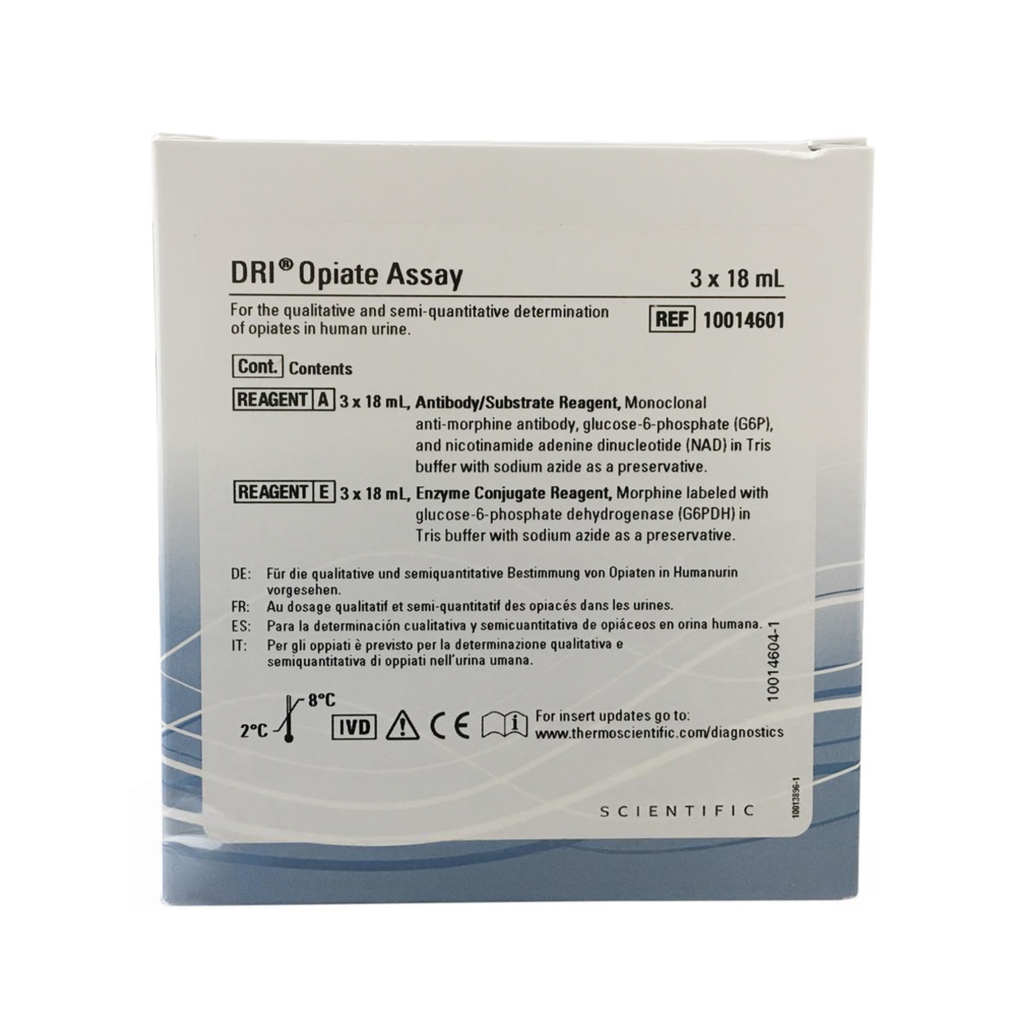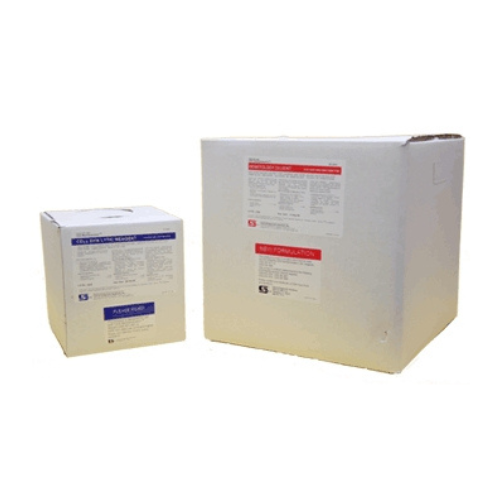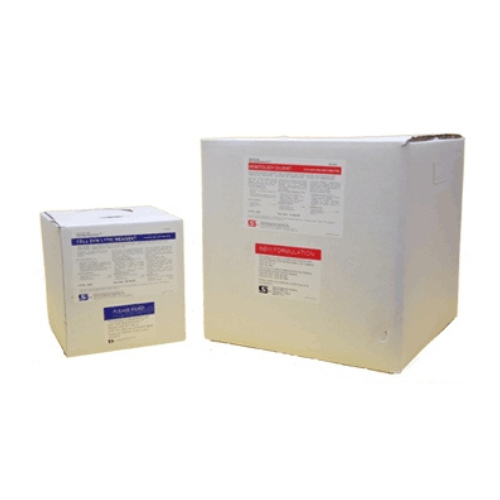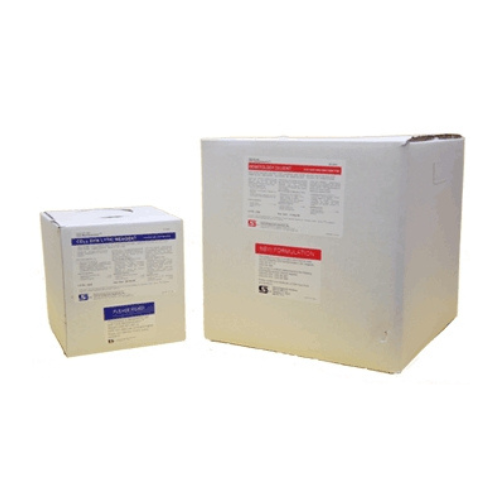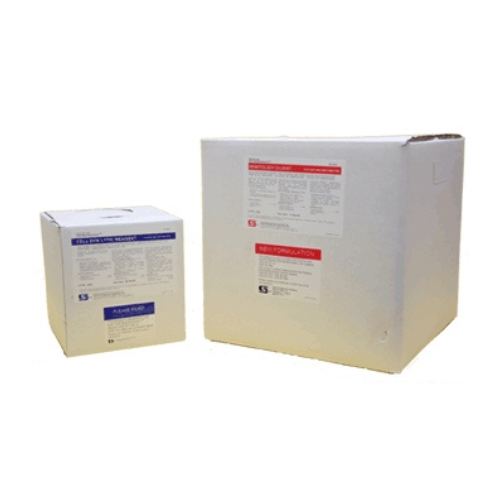For Business Use Only. Does Not Ship to Residential Addresses. For use inside an Analyzer, Sold Separately.
Thermo Kit Opiate Rgt DRI
In Stock
Product Code: T-10014601
Manufacturer: Thermo Scientific
Shipping Weight: 2.00lbs (0.91kg)

WHY CHOOSE MYCO INSTRUMENTATION?
See Why in 2 mins.
Thermo Kit Opiate Rgt DRI
Specifications
- Control Sets: MGC Multi-Drug Controls
- Description: DRI Opiate Drugs of Abuse Assay for Indiko
- Detectable Analytes: Opiate
- DoA Calibrators: DRI Mult-Drug Calibrators
- Quantity: 3 x 18mL
- Storage Requirements: 2° to 8°C
Intended Use
The DRITM Opiate Assay is a homogeneous enzyme immunoassay intended for the qualitative or semi-quantitative determination of opiates in human urine with 300 ng/mL or 2000 ng/mL as a cutoff calibrator.
Summary and Explanation of the Test
Opiate compounds, such as morphine and codeine, are naturally occurring alkaloids of opium and are widely used as analgesics. Although drug abusers may abuse morphine and codeine, another opiate compound, heroin, is synthesized from morphine and is the most commonly abused opiate. When ingested or injected, heroin is metabolized to the molecule, 6-Monoacetyl morphine, which is hydrolyzed back to morphine. Opiates are rapidly metabolized by the body and excreted in urine, allowing immunoassays to detect recent use of morphine, codeine, and/or heroin.
The DRI Opiate Assay is a homogeneous enzyme immunoassay using ready-to-use liquid reagents. The assay uses monoclonal antibodies that detect opiates in urine. The assay is based on the competition between an enzyme glucose-6-phosphate dehydrogenase (G6PDH) labeled drug and the free drug from the urine sample for a fixed amount of specific antibody binding sites. In the absence of free drug from the sample, the specific antibody binds the drug-labeled G6PDH and the enzyme activity is inhibited. This phenomenon creates a direct relationship between drug concentration in urine and the enzyme activity. The enzyme G6PDH activity is determined spectrophotometrically at 340 nm by measuring its ability to convert nicotinamide adenine dinucleotide (NAD) to NADH.



